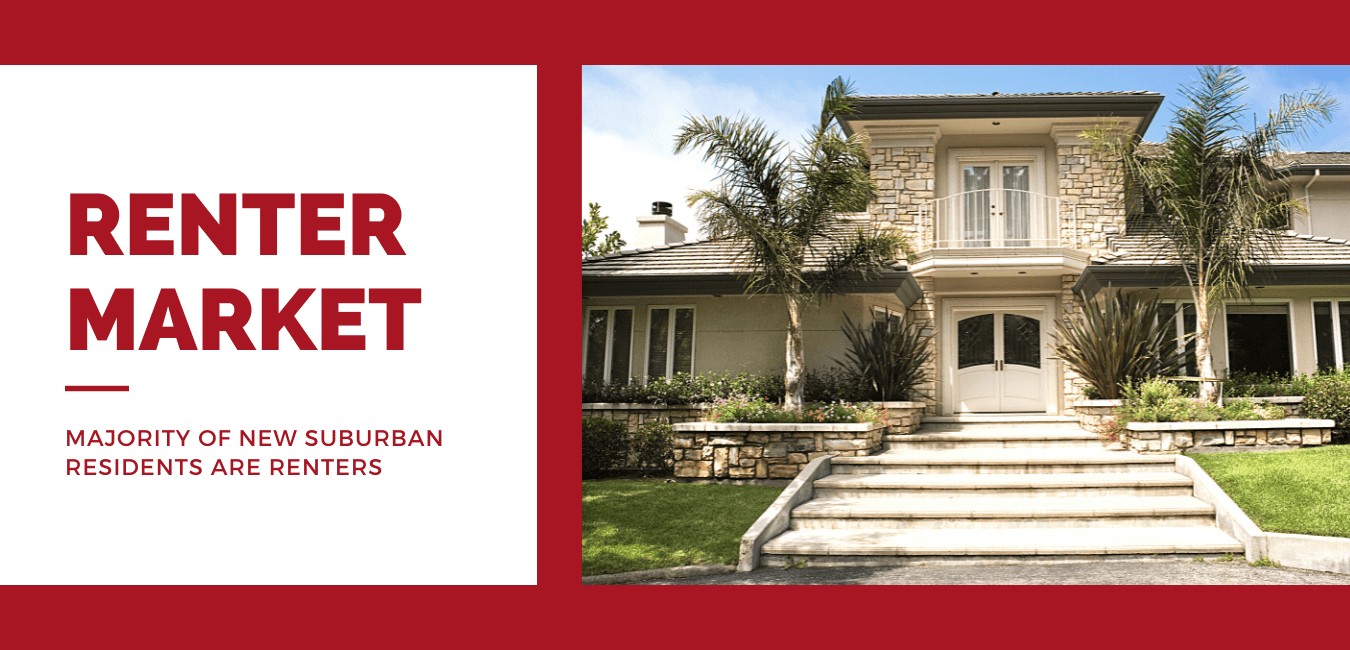
Welcome back to iLeads Mortgage Market Minute, where we bring you the latest, most relevant news regarding the mortgage market. We hope you enjoyed last week’s edition where we talked about Homebuyers are Growing Weary of the Housing Market. This week we’re bringing Homebuilder Confidence Falls to Lowest Level:
Mortgage forbearance drops as expiration date nears*
2 million loans still in forbearance
Mortgages in forbearance fell for the 15th consecutive week last week to 4.04% of servicers portfolio volume ― a 12 basis point decline, according to a survey from the Mortgage Bankers Association. As of June 6, the MBA now estimates 2 million borrowers are still in some form of forbearance.
Last week witnessed a steeper drop than in previous weeks, likely the result of many borrowers reaching their 15-month expiration date, said Mike Fratantoni, MBA’s senior vice president and chief economist. That 15-month expiration is for the early adopters of forbearance plans at the beginning of the pandemic, and is expected to lead 700,000 plans out of forbearance by the end of the month.
“Forbearance exits increased – as is typical in the beginning of a month – and reached the fastest pace since April,” Fratantoni said. “New forbearance requests, at 4 basis points, remained at an extremely low level.”
Broken down by investor type, Fannie Mae and Freddie Mac loans in forbearance decreased 9 basis points to 2.09%. Ginnie Mae loans dropped a whopping 32 basis points to 5.22%, while the forbearance share for portfolio loans and private-label securities (PLS) managed a slight 2 basis point uptick to 8.33%.
Despite the overall forbearance volume, less than half of its pandemic-driven peak, there is some cause for concern to pay close attention to the borrowers who have been in a mortgage forbearance plan the longest. According to Fratantoni, the MBA is seeing an increase in the share of forbearance exits where borrowers do not have a loss mitigation plan in place.
Rents for single-family homes just saw the largest gains in nearly 15 years*

Even as the coronavirus pandemic ebbs and Americans get back to work and play, they still want more space at home. But with home prices hitting record highs, demand for single-family rental homes is soaring – and so are the rents.
Single-family rents were up 5.3% year over year in April, rising from a 2.4% increase in April 2020, according to CoreLogic. That is the largest gain in nearly 15 years.
Rents for single-family detached homes (not townhomes), were up an even stronger 7.9% compared with a year ago, as millennials in particular seek more outdoor space. Nearly half of millennials surveyed by Corelogic, and 64% of baby boomers, said they, “strongly prefer” to live in a single, stand-alone home.
“Single-family rent growth showed a strong rebound in April 2021 with all price tiers back above their pre-pandemic rent growth rate,” said Molly Boesel, principal economist at CoreLogic. “While rent growth slowed last April at the start of the pandemic, the rate of rent growth this April was running above pre-pandemic levels even when compared with 2019 and shows no signs of diminishing.”
The rent gains are across all price categories, even low end, which exceeded pre-pandemic rent increases for the first time. By category, the gains are as follows:
· Lower priced (75% or less than the regional median): 3.9%, up from 3.2% in April 2020
· Lower-middle priced (75% to 100% of the regional median): 4.8%, up from 2.5% in April 2020
· Higher-middle priced (100% to 125% of the regional median): 5.1%, up from 2.3% in April 2020
· Higher priced (125% or more than the regional median): 6.1%, up from 2.2% in April 2020
Vacation Home Sales Surges During Pandemic*
Vacation home sales have been surging during the pandemic, according to NAR’s recently released 2021 Vacation Home Counties Report. In 2020, vacation home sales rose by 16.4%, outpacing the 5.6% growth in total existing-home sales. Vacation home sales have continued to pick up during January-April 2021, rising by 57.2% year-over-year, more than twice the 20% growth in total existing-home sales during the same period. The share of vacation home sales to total existing-home sales has increased to 6.7% in the first four months of 2021, up from a 5% share in 2019.
The surge in the demand for vacation homes has occurred during the pandemic when people are able to work from home, students are schooled virtually, people are taking safety precautions and staying away from crowded areas, and with urban-based recreation limited by social distancing regulations.
Homebuilder confidence falls to lowest level since August*

Rising material prices, supply chain shortages contribute to dip
Homebuilder confidence fell to its lowest level since August 2020, according to the latest National Association of Home Builders (NAHB) and Wells Fargo Housing Market Index (HMI) report.
Rising material prices and supply chain shortages — specifically, the declining availability of softwood lumber and other building materials — contributed to confidence falling two points to 81 for newly built single-family homes in June, said Chuck Fowke, NAHB chairman.
“These higher costs have moved some new homes beyond the budget of prospective buyers, which has slowed the strong pace of home building,” Fowke said. “Policymakers need to focus on supply-chain issues in order to allow the economic recovery to continue.”
The index gauging current sales conditions fell two points to 86, as did the gauge charting sales expectations in the next six months to 79. The gauge charting traffic of prospective buyers dropped two points as well, to 71.
The effects of skyrocketing lumber prices have reached the far corners of the homebuilding industry, hindering everything from appliance and basic building material prices to shipping times. Robert Dietz, NAHB chief economist, noted these supply-constraints are resulting in insufficient appraisals and making it more difficult for builders to access construction loans.
“And while builders have adopted a variety of business strategies, including price escalation clauses to deal with scarce building materials, labor and lots, unavoidable increases for new home prices are pushing some buyers to the sidelines,” Dietz said.
HousingWire reported back in March that lumber prices alone more than quadrupled since April 2020, to an astonishing $1,500 per thousand board feet. These days, lumber alone is adding nearly $36,000 to the final price of a new build.
Finding highly affordable leads to keep sales coming in
At iLeads, we have many great solutions for mortgage LO’s at a low cost. If you’d like to see how we can help you bring in consistent sales for a great price, give us a call at (877) 245-3237!
We’re free and are taking phone-calls from 7AM to 5PM PST, Monday through Friday.
You can also schedule a call here.
